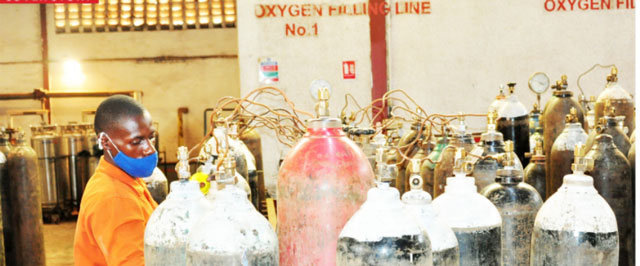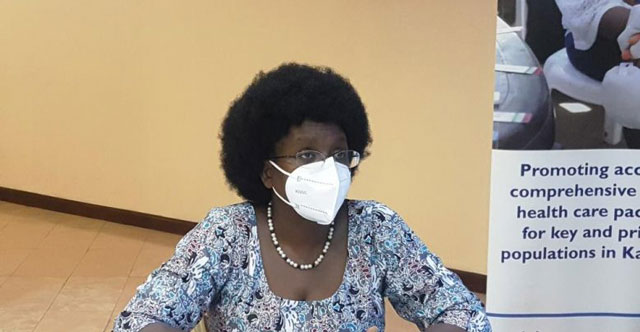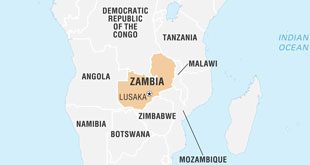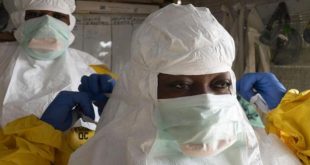
As soon as the schools re-opened in September 2020, Ministry of Health officials said they started noticing the emergence of COVID-19 clusters in schools.
Up to 1.2 million students who were in their final year of formal education were the only ones allowed to resume classes at the time ahead of their final year national examinations.
She says the schools became distribution centres and worsened when private school owners smuggled in students from classes that were actually not supposed to be in school.
“It is these learners who kept moving back and forth from the schools who spread the Coronavirus into communities,” Musenero said.
Musenero said despite the tell-tale signs, the government decided it would not close the schools but would instead encourage school administrators to enforce the “stay at home” policy for learners who were found unwell and have them linked to health facilities.
The ministry would also strengthen surveillance in schools with improved recording of attendance for both learners and teachers and institute symptom monitors to identify cases early. Musenero said this did not happen as planned and it probably marked the beginning of the current crisis.

She also described how COVID-19 has spread very quickly among “the young corporate” class.
“The young corporate were engaging in risky behaviour. These guys were getting infected somewhere and they started infecting their young families at home. But they also went to their offices and infected their colleagues,” she said.
Musenero said the pandemic is wreaking havoc across all age groups. The most affected age groups are the 19-29 year old and the 29-39 year olds while the 25-45 age groups are presenting with severe and critical cases.
In terms of medical response, Musenero said starting in early June the government has been working to bring testing closer to the people.
“We are encouraging people to test early,” she said.
She said the government is also working to avail more hospital beds, setting up auxiliary health facilities to cope with the spillover of patients.
She noted that the Ministry of Health is now working with the private health facilities to streamline the flow of patients into hospitals.
“We have teamed up with the private sector to identify sick people early so they don’t overwhelm heath facilities.”
“For patients suffering from mild cases of the disease, these are being encouraged to recuperate from homes,” she said. She said it is too early to tell whether these measures will have an impact on the spread of the epidemic.
“Either way, containment measures to limit nationwide spread of the disease will be reviewed and depending on the level of compliance, these will be either upscaled or downscaled,” she said.
Last month, Ministry of Health officials warned Ugandans that a second wave of the pandemic had hit the country and on June 7, President Yoweri Museveni issued a raft of measures including the immediate closure of schools and higher institutions of higher learning.
Besides closing all schools and institutions of higher learning for 42 days, inter-district travel was also banned for 42 days starting June 10 to minimize movement of people and spread of the Coronavirus across districts. Communal gathering in places of worship were also suspended for 42 days but social gatherings were allowed but were limited to a maximum capacity of 20 people.
The new measures were an attempt to halt the rapid spread of the disease. Museveni explained that in the current wave, the intensity of severe and critically ill COVID-19 patients and deaths is higher than what the country experienced in the first wave.
“[While] in the previous wave, it took us 3-4 months to get to the current state of critical and severe patients, in the second wave, it has taken us less than two weeks to get to the same situation.”
Dr. Misaki Wayengera, the Chairperson of the Ministerial Scientific Advisory Committee on COVID-19 also noted that the health experts are seeing a faster progression of disease from the time someone gets exposed to the time they begin to develop symptoms.
Dr. Diana Atwine, the Permanent Secretary in the Ministry of Health said at the beginning of this month that the Coronavirus had mutated and become more aggressive and virulent.
“This can explain why we are seeing more people in ICUs suffering from severe illness yet they fall in the age groups that we initially thought were safe.”
High cost of care
On social media platforms, Ugandans have been sharing herbal remedies and concoctions for the Coronavirus disease because it has become expensive to get treatment in private hospitals.
Cissy Kagaba, the executive director of the Anti-Corruption Coalition Uganda (ACCU), an anti-graft civil society organisation shared the pain she endured trying to help both her parents have a second lease of life after getting sick with COVID-19.
She told The Independent that her family spent close to Shs100 million in private facilities but it was all in vain. Kagaba’s mother died on Christmas day while her father passed away nine days later on Jan.04.
Kagaba told The Independent that if the government cares about ordinary Ugandans, it should rein-in the private health facilities which are now using the COVID-19 pandemic to extort already desperate Ugandans.
The Hashtag ‘#RestInPeace’ has also recently trended on Twitter in Uganda. Ugandans have been sharing images and tributes to their loved ones; grandparents, fathers, mothers, sisters, brothers and friends who have recently died. Many say their loved ones have succumbed to COVID-19— the disease currently ravaging the country.
The recent sudden increase in the number of deaths is not only being witnessed on social media. Funeral homes and sellers of caskets have also reported an abrupt increase in business this June.
 The Independent Uganda: You get the Truth we Pay the Price
The Independent Uganda: You get the Truth we Pay the Price


